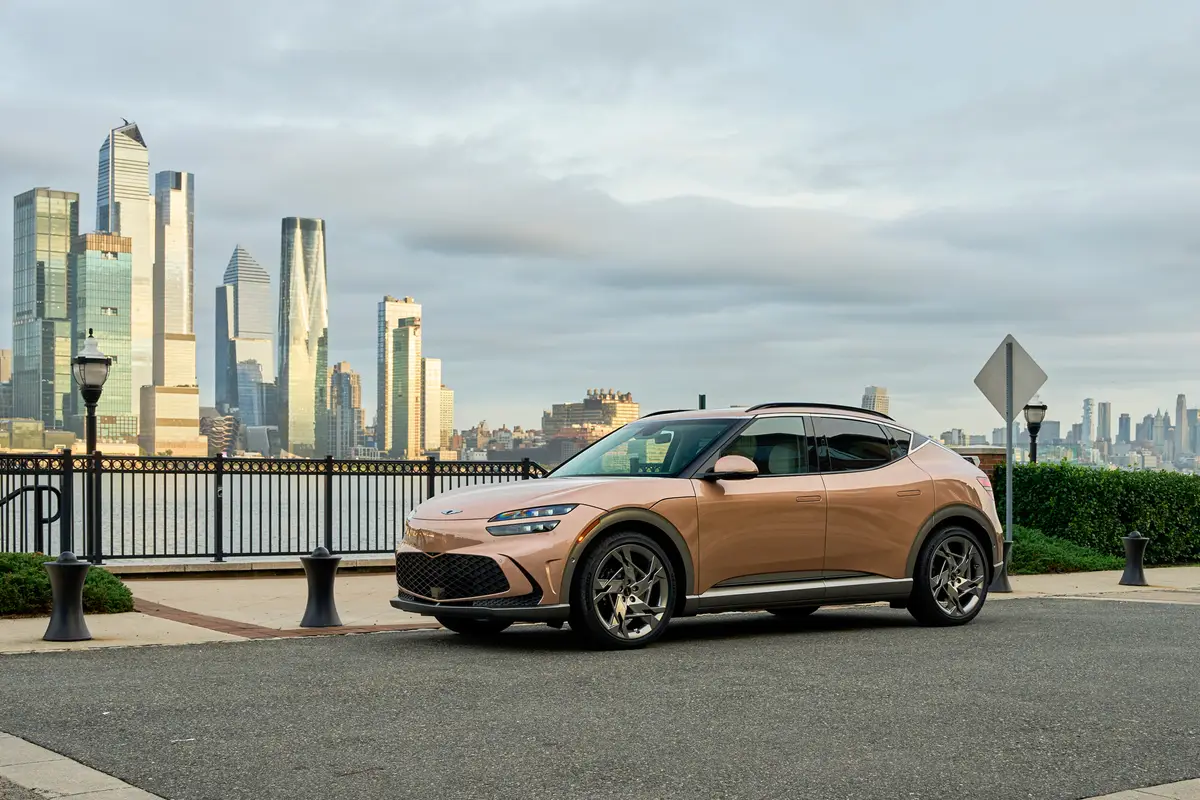IndyStar.com's view
Saturn Corp. has begun its fifth year with redesigned SL sedans, SC coupes and SW station wagons.
The General Motors Corp. division has also made its 1996 models quieter and improved their structural integrity.
“The SL2 is our best seller,” said Scott Hammersley, director of operations for Saturn of Indianapolis. “That’s followed by the coupe.
“We do, however, sell a lot of SL1’s to young adults just starting out. They’re interested in (a low price) and gas mileage.”
For a world-class appearance, every body panel has been redesigned.
The vertical panels continue to be made of ding-and-dent-resistant polymer. The hood, roof and upper deck lid are steel.
The aerodynamic theme creates a 0.318 wind-cheating coefficient of drag for the sedan, which contributes to improved fuel efficiency and lower wind noise. And the cars now have daytime running lights, a safety feature pioneered by The Star more than a decade ago.
A complaint about earlier Saturns has been noise, so the accessory- drive system has been redesigned for quieter operation. A layered instrument panel resists engine noise, and all openings from the engine bay to the passenger area have been acoustically sealed.
Insulation and new door seals have also reduced noise from the polymer body panels.
The new Saturns share a single 1.9-liter (116.3-cubic-inch), four-cylinder aluminum engine, but in two versions: a single-overhead cam and a double-overhead version.
The 16-valve dual-cam standard in the SL2 has a decided advantage over the 8-valve single-cam that is Continued from Page 1 standard in the SL and SL1. That’s 124 horsepower, vs. 100 horses for the single-cam.
In 0-60 mph acceleration, the single-cam is a full 1.5 seconds slower than the dual-cam. Thus, in a emergency passing situation, there would be a distinct difference in the time and space needed.
The Saturns come with a manual five-speed transmission, but a four-speed automatic is an $830 option on the SL1 and SL2. The entry-level SL is available only with the five-speed.
“Our sales run about 50/50 between manual and automatic,” Hammersley said. “It appeals to different drivers. There’s just a whole lot of people out there who like to do their own shifting.”
The automatic has “performance” and “normal” modes. A “fuzzy logic” algorithm has been added to the performance mode to manage shift patterns based on vehicle speed, weight and the driver’s habits.
An SL2 with an automatic is only a little more than 2,400 pounds, so 0-60 mph acceleration is reasonable at about 9 seconds.
New on the ’96s are the door trim, fabrics and moldings. There are two front- seat designs, one with fixed, integral headrests and one with adjustable headrests.
The back-seat angle has more rake, and headroom has been increased more than 1 1/2 inches, primarily by a higher roofline. The rear doors are longer for easier entry and exit, and in front, the driver and passenger seats are taller.
Analog gauges include a speedomet er and tachometer and temperature and fuel readings. They’re all in front of the driver for quick and easy reading.
1996 Saturn SL2 Base price:$13,125Type: Front-drive, five-passenger compact sedan Engine: 1.9 liters, in-line 4, 16 valves, fuel-injected, 124 horsepower, 122 foot-pounds of torque Transmission: Four-speed automatic Mileage: 24 mpg city/34 mpg highway Wheelbase: 102.4 inches Length: 176.8 inches Width: 66.7 inches Height: 54.5 inches Curb Weight: 2,450 pounds Options: AM/FM stereo, coaxial speakers, air-conditioning, leather, anti-lock brakes, cruise control, power sunroof, fog lamps, 15-inch wheels, rear deck spoiler, floor mats.
Latest news



